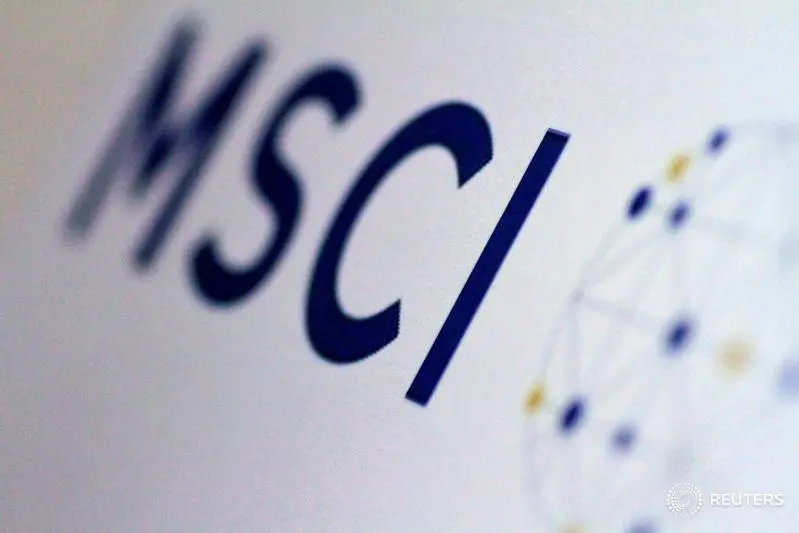PHOTO
In the late-1980s when I began my career, “EM” was a new term and MSCI had just created its first emerging markets indices. EM has since experienced exponential growth, fueled by international sponsorship, a wealth of EM resources and capital markets innovations.
Through this growth period, markets have endured many harrowing risk moments including The Brady Plan of 1989, the Asia Financial Crisis of 1997, and then Russia’s default on domestic debt. Some countries appear to be in perennial crisis including Argentina, on the brink of its 3rd default since 2001. I can list endless risk events but, in the end, most have resulted in financial innovation and presented opportunities for investors.
Certain macro-economic variables have repeated throughout time, consistently leaving footprints that provide a road map in EM investing. Indebted countries often seek funding in major international currencies to build global reserves for key imports including food, fuel, and medicines, while also tapping into a larger dollar investor base with access to longer debt maturities. When the cost of borrowing increases, and exchange rates suffer relative to their debt, balance sheet stress at the sovereign level is magnified.
This can result in sovereign defaults, leadership challenges and social unrest. The consequences to the private sector can be severe, leaving creditors with compounding portfolio complications.
When I look at the world today through the lens of past EM market experiences, a perfect storm is brewing for indebted countries with undiversified economies, fueled by a broader confidence crisis in global markets.
The US is experiencing the highest inflation in 40 years and very few have managed investments through situations similar to today’s inflationary environment, let alone during the disruptive liquidity impact resulting from over a decade of a quantitative easing experiment which is now being unwound.
The aggressive, albeit in our view appropriate, actions by the Federal Reserve and other developed market central banks have resulted in US dollar strength.
Meanwhile, emerging economies are fighting their own inflation battles, facing weaker currencies and ever higher interest expenses. Sri Lanka, Ecuador, and El Salvador are now witnessing social unrest and government turnover with surging interest expenses and the inability to import food, fuel, and medicine, similar to the challenges Mexico, Argentina and Russia experienced in the 1980s and 1990s.
For most of the 21st century, historically low interest rates in developed markets helped fuel emerging economies by providing the means to manage debt obligations. Meanwhile, strong disincentives for fossil fuel investments and the conflict in Ukraine have resulted in surging food and energy prices.
Today’s volatile market environment plagued by higher interest rates, higher inflation, and elevated default rates, could last longer than previous cycles.
I do not believe passively buying the dip will be an effective investment strategy. More than ever, a bottom-up analysis is the most effective approach to weather these markets – credit, legal and investigative work is crucial.
Investors need to fully understand the local complexities in each country to invest well, but also have the tools to assure a profitable exit. There are thousands of investible situations in Emerging Markets in diversified economies. Many private sector companies have lower leverage than their developed market peers and produce necessities.
From my experience, liquidity and capital flows in EM often work against passive investors. The EM asset class is often “discovered” by asset managers and receives “tourist flows” in search of a new source of Alpha for a diversified portfolio.
In fact, what investors end up buying is the Beta of the asset class when markets are stable. Market liquidity is almost always transitory, however, in EM it tends to be even more so. When the market cycle inevitably turns lower, the combination of limited liquidity and the reversal of the tourist inflows can intensify price volatility of emerging market assets.
Now more than ever, active management within emerging markets needs to start from the bottom up. Understanding how companies have managed through prior storm cycles is paramount.
Finding companies that are important to infrastructure and earn hard currencies is even better. Knowing that a company’s balance sheet produces reasonable cash flows in various scenarios that helps insulate from a sovereign crisis takes time and experience.
Distinguishing reputable management teams that have executed cross border businesses is mission critical. Having high quality global resources and the mandate to aggressively leverage them across legal, technical, and investigative disciplines is an often overlooked but a critical part of the toolkit.
A grim macro-economic environment appearing for several EM investments is also presenting an attractive entry point opportunity for companies that are currently priced at a significant discount. However, the right investment approach and analysis is essential to find the differentiators.






















